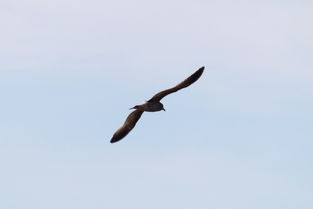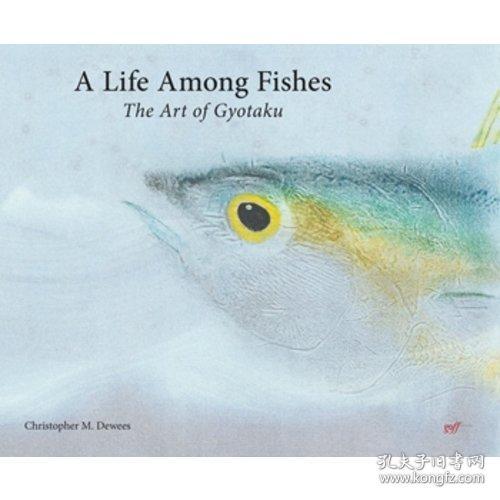Introduction: The world of fishing is both a relaxing hobby and a challenging pursuit, where the thrill of the catch often hinges on the skill of the angler. Among the many aspects of fishing, one of the most sought-after skills is mastering the art of luring fish. In this article, we delve into the techniques of a seasoned fishing master, offering insights and tips that can help you improve your fishing game and land those big ones.
Understanding Fish Behavior: Before diving into the nitty-gritty of luring techniques, it's crucial to understand the behavior of the fish you're targeting. Each species has its unique habits, preferences, and feeding patterns. Observing fish behavior can give you a significant advantage in selecting the right bait and technique.
Timing the Bite: Fish are most active during certain times of the day. Early morning and dusk are often prime times for feeding. Understanding this pattern can help you anticipate when the fish are most likely to bite.
Seasonal Patterns: Fish behavior changes with the seasons. For instance, during winter, fish tend to move to deeper water, while in summer, they may seek out cooler waters. Adapt your techniques accordingly.
Choosing the Right Bait: The choice of bait is pivotal in attracting fish. A fishing master knows that selecting the right bait is as important as presenting it effectively.
Natural Cues: Mimic the natural prey of the fish you're targeting. If you're fishing for bass, use lures that resemble insects, fish, or small creatures they typically eat.

Scent and Taste: Many fish are attracted to the scent and taste of bait. Artificial lures with added scents can sometimes be more effective, as they can be introduced into the water more consistently than live bait.
Mastering the Presentation: Once you've chosen the right bait, the next step is to present it effectively. Here are some techniques that a fishing master employs:
Wobbling: Wobbling a lure through the water mimics the motion of a struggling fish or prey. This technique is particularly effective for species like trout and bass.
Trolling: Trolling involves slowly moving a lure through the water behind a boat. It's a great way to cover a lot of water and can be effective for catching larger fish like tuna and marlin.
Jigging: Jigging involves casting out a lure and then retrieving it in short, sharp movements. This can provoke a strike from fish that are cruising by.
Timing and Patience: Timing is everything in fishing. A master angler knows when to pause, when to retrieve the lure, and when to wait for a bite. Patience is also key; often, the best catches come from waiting for the fish to come to the bait.
Using the Right Equipment: The right equipment can make a significant difference in your fishing success. Here are some tips:
Reel Selection: Choose a reel that matches the weight and type of fish you're targeting. A spinning reel is often suitable for lighter fish, while a baitcasting reel might be better for heavier ones.
Line Choice: The line you use should be strong enough to handle the fish you're after without being too heavy. Monofilament, fluorocarbon, and braided lines all have their advantages and should be chosen based on the fishing conditions and species.
Conclusion: Luring fish is an art that requires patience, practice, and a deep understanding of fish behavior. By following the techniques of a fishing master, you can improve your chances of landing that big one. Remember, each fishery is unique, and what works in one place may not work in another. Always be ready to adapt and learn, and with time, you'll become a seasoned pro at luring the big ones. Happy fishing!












